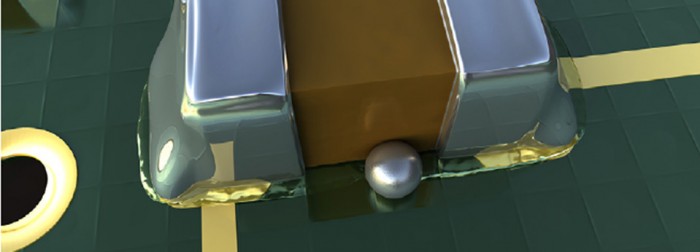Indium Corporation’s Tech Seconds video series features Phil Zarrow answering the electronics assembly industry’s most commonly asked questions… in less than 60 seconds. In this installment, Phil outlines how to analyze ion chromatography (IC) results.
Question: Hey, Phil. I just got some IC results. How should I start to analyze them?
Phil Zarrow: Well, the first thing you want to do is determine what method of extraction was used. Was it localized? Was it global? And if was global, was it a bag method? Was it recirculation method, such as an omega meter? The next thing you want to know is the reference source of the limits? Where did they come from? And finally, the locations for extraction.
So, assuming it was localized, what actual areas were the samplestaken from?
Question: Once I figure out these things, how do I interpret the numerical results?
Phil Zarrow: Okay, well, first off, don't panic – or, don't panic right away. What you want to do is you want to hunt down the source of the suspect ions. Were they the result of a no-clean residue or some other residue? Or perhaps from whatever cleaning took place, or didn't adequately take place. Then determine whether the ions that have been reported are going to actually be detrimental to the reliability of the particular application. If you have any questions, you can contact me at [email protected].


